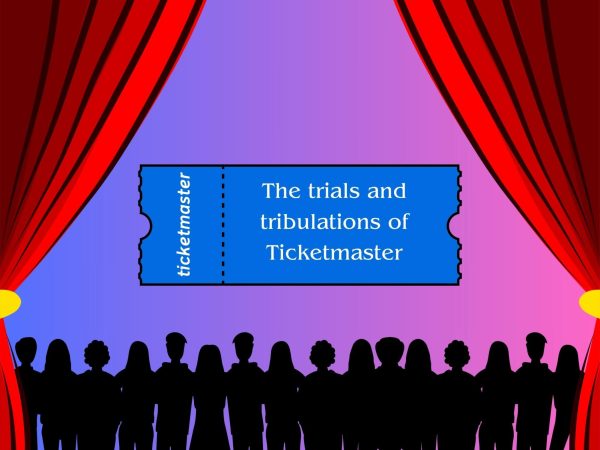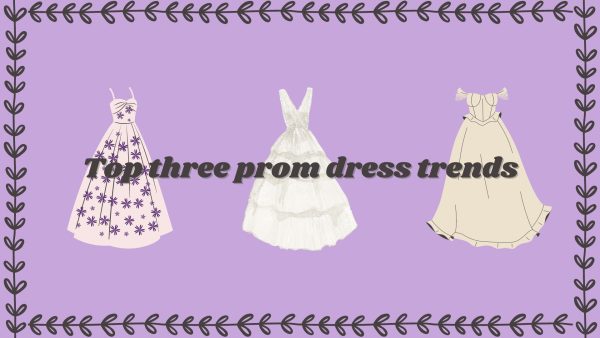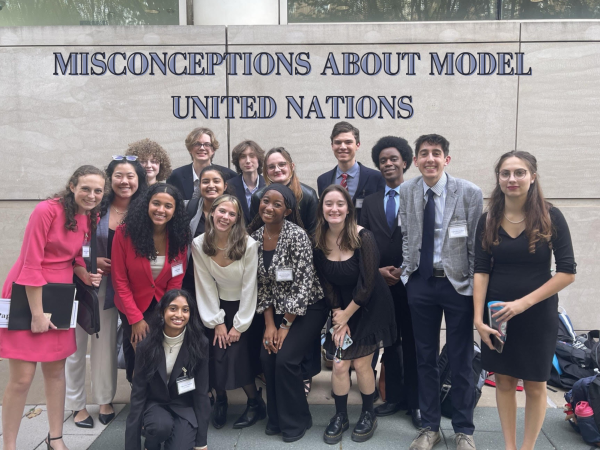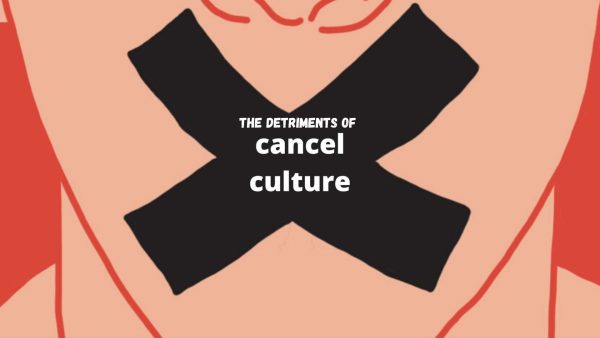YouTube pranksters push envelope and buttons, hinge on harassment
October 7, 2014
Pranks intend to make people jump, shriek, but most importantly, laugh. The YouTube community, however, continuously fails with the latter aspect.
YouTube, an international video-sharing network, has become a popular site for uploading prank videos, with jokesters hoping to provoke reactions and gain subscribers. These antics usually involve random bystanders, ranging from appalling question-asking to direct physical contact. Some pranksters, however, cross the line between an innocent practical joke and downright harassment.
For example, last week, popular YouTube user Sam Pepper uploaded a video in which he paraded around the streets, asking women for directions and groping them when they looked the other way. In another one of his pranks, he aimlessly handcuffed strangers without warning, even telling one of the victims she would have to kiss him before he would let her go.
“A prank is okay if the target can laugh about it, but in Sam Pepper’s case, it’s just harassment,” senior Sarah Lee said.
In early August, prankster Dennis Cee traveled to minority-filled neighborhoods with high crime rates, asking strangers if they wanted to purchase a gun, but ended up pulling out a water pistol instead. Quality humor, right? Not to one of the victims, who drew out a real gun, forcing Cee to plead for his life.
“YouTubers need to consider that people don’t want to be touched or invaded. People think they have freedom to do whatever they want, but other people have the freedom to their privacy. They need to understand their boundaries and limits when they perform these stunts,” senior Karima Kallon said.
People with a myriad of subscribers, such as Sam Pepper and Dennis Cee, hold power and influence on their audience, some who are young and might not comprehend the immorality behind performing public stunts like these. Online pranksters cannot just post inappropriate videos and deem them as pranks. They must learn to stop when they receive an aggressive reaction out of the victim.
“YouTubers are going too far because they are getting into [others’] personal businesses. It’s not even a prank anymore; it’s assault,” sophomore Dylan Kellos said.
There is a huge difference between harmless fun and offensive, abusive behavior. Unfortunately, many YouTubers persistently cross this line. Pranks used to center around making people laugh, but now users base their videos around who can rack up the most views. Here is a good rule of thumb for YouTubers: If there is a good chance that the prank victim will feel angry or unsafe, refrain from doing it.


















Kimo • Oct 8, 2014 at 8:09 AM
True! People will do anything to get attention